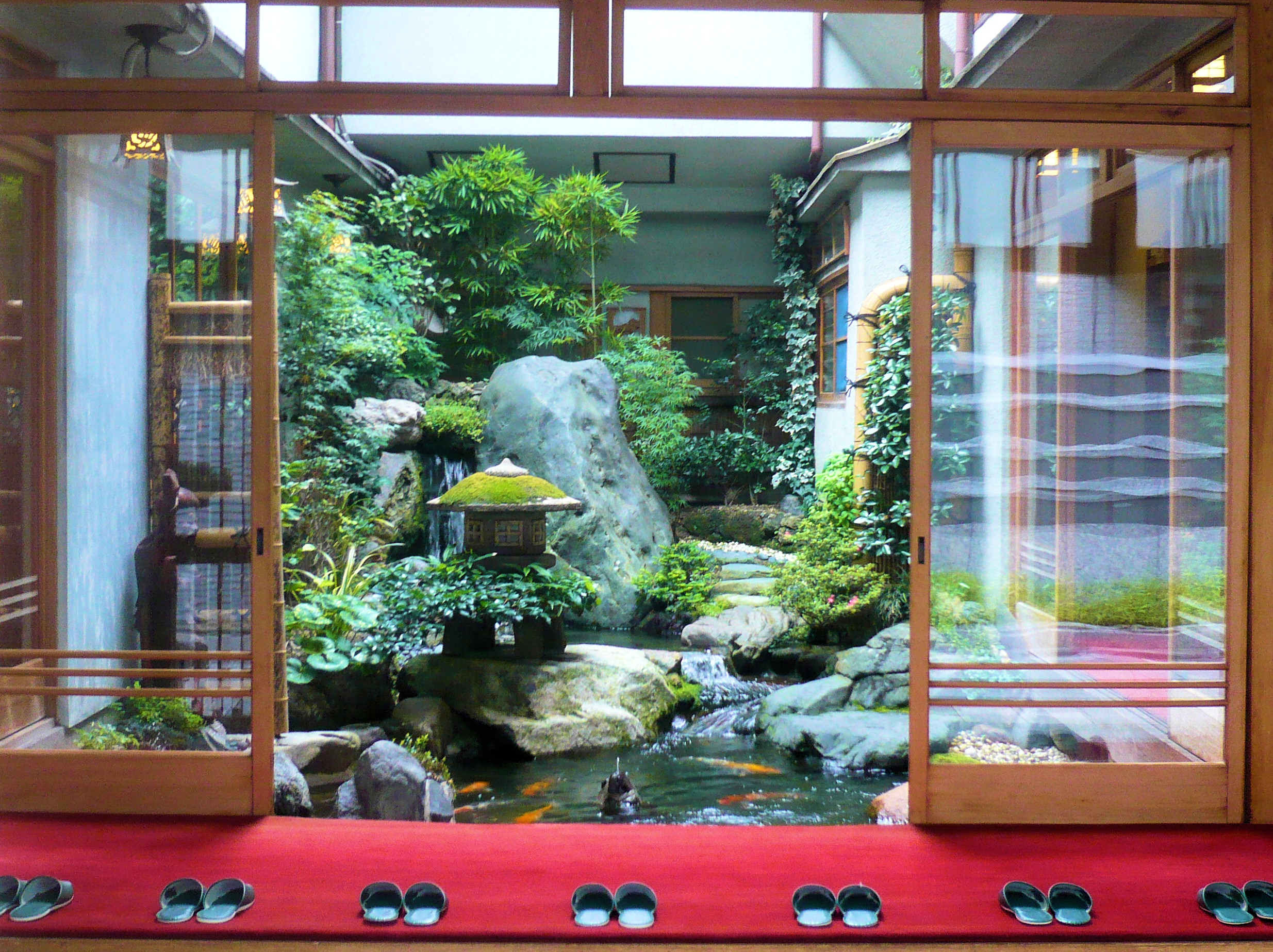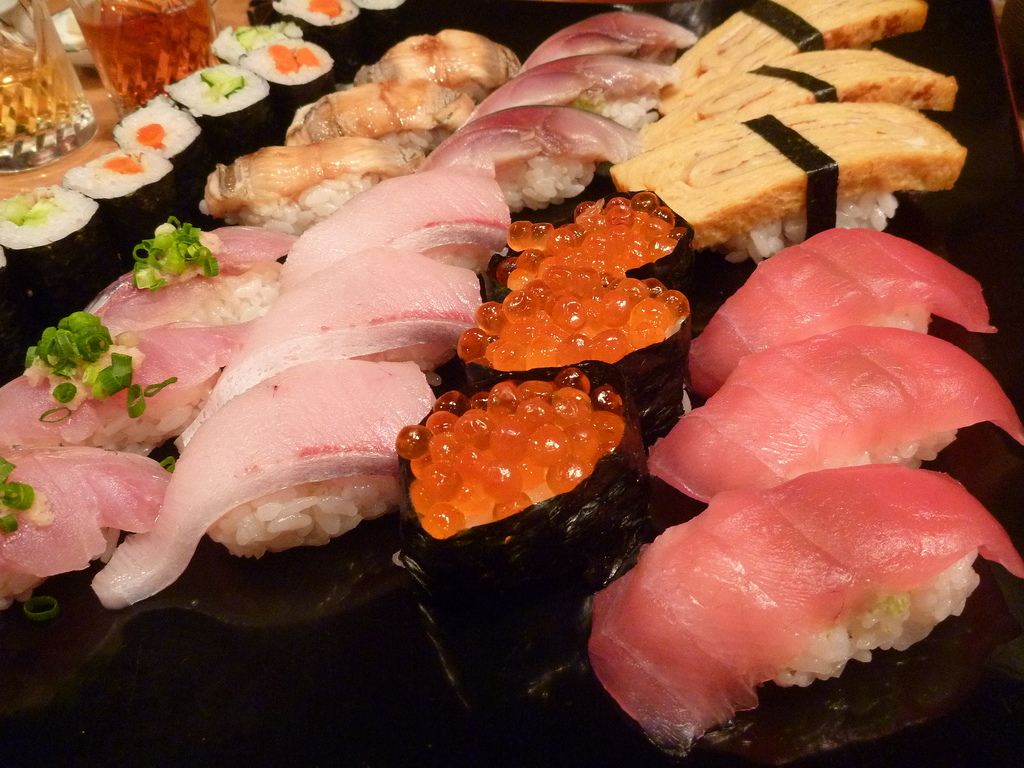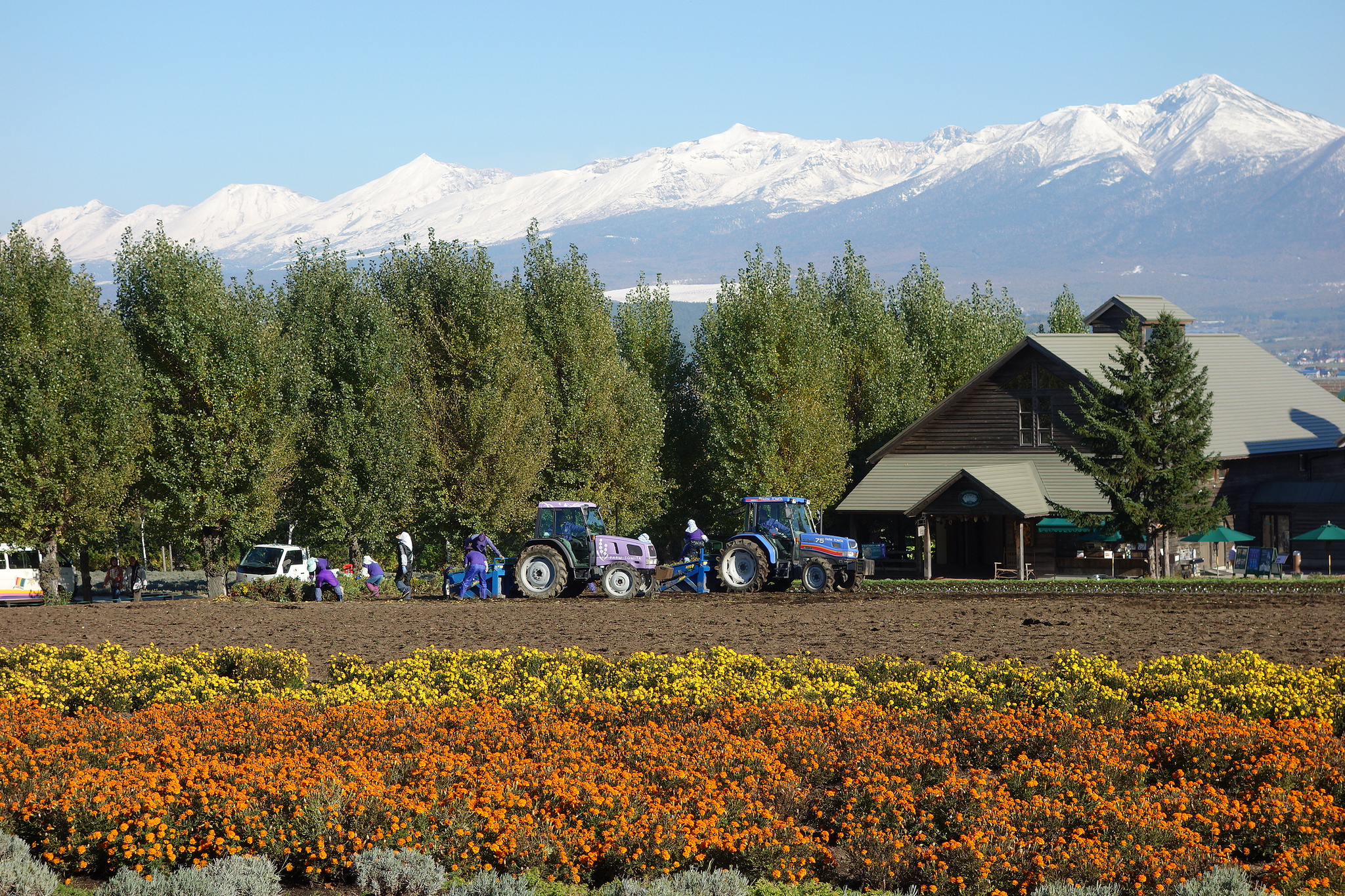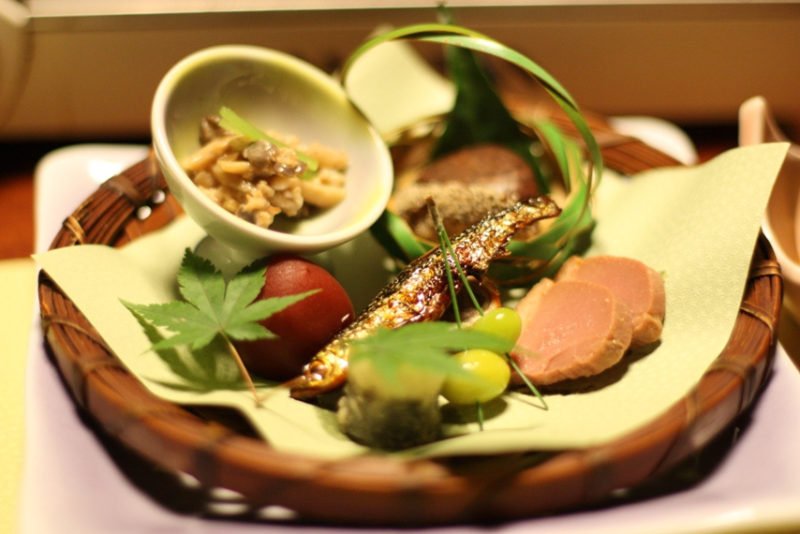
Source: Charlotte Marillet
Kaiseki Ryori has come a long way from the frugal meals served at the tea ceremony back in the early 16th century, to a sophisticated dining style popular among aristocratic circles. Everyone who tries the Kaiseki for the first time will definitely be taken away by this sumptuous meal. Kaiseki Ryori is the Japanese version of multi-course haute cuisine, served exclusively in specialized restaurants or the old-style inns found near hot spring areas in Japan. This meticulous presentation of Japanese gastronomy is more than just a cuisine; it’s a collection of skills and techniques put together to create a perfect balance of taste, texture, appearance, and the colors of food.
1. The Meaning
Kaiseki-ryori is traditional Japanese meal brought in courses. #kyoto #arashiyama #Kaisekiryori #kaiseki by britta… pic.twitter.com/sfxREkisN5
— Tanat Tonguthaisri (@gastronomy) May 4, 2016
While the term Kaiseki carries the highest sophistication of Kyoto’s culinary culture, but its actual meaning is a bit harder to explain. According to the Kanji (Chinese characters), the word Kaiseki actually means “stones in the bosom”, referring to the stones that Zen monks used to place in the folds of their robes to ward off hunger. Well, why anyone would associate a highly sophisticated meal with something that relates to starvation.
2. The History
#japan #kaisekiryori #japanfood #travel #kyoto by sheisnana https://t.co/ndn0CKhV2t pic.twitter.com/BIS3tZTKhf
— InstaKyoto (@InstaKyoto) April 3, 2016
Technically, it is a multi-course Japanese cuisine that has its roots in the 16th century when it was enjoyed as a delicate meal to satisfy the hunger pains of those attending the tea ceremony. Its philosophy is based upon the Buddhist idea of simplicity that follows vegetarian cooking traditions of Zen monasteries. The concept has evolved and took the form of a highly-appreciated cuisine.
3. The Environment
It’s quite easy to tell if a restaurant serves true Kaiseki Ryori, for one obvious reason that a quiet tranquil atmosphere for Japanese dining is a tradition that’s been handed down from generation to generation. The restaurants offer a quiet dining room, mostly with a view of the traditional Japanese garden. One should admire the artistic approach of the diner captivated by a serene environment with an abundance of nature and greenery.
4. The Prologue
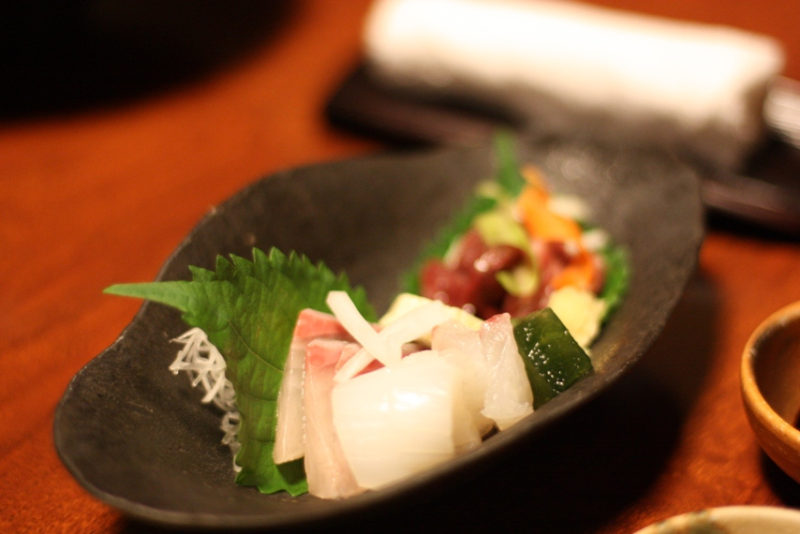
Source: Charlotte Marillet
A top-notch Kaiseki meal is prepared with the freshest seasonally available ingredients, and served over several courses. There’s no basic formula for making a perfect Kaiseki. Each dish is created by a master chef with one of the common techniques of Japanese cooking. Vegetables and tofu dominate the menu, making it one of the healthiest yet sophisticated delicacies in the world.
5. The Culinary Art
Every dish is the product of a rigorous period of training that includes from picking the right ingredients to mastering the art of cooking, along with a fairly refined knowledge of Japanese culinary culture and history. Each meal is prepared with distinct ingredients, with each course accompanying contrasting shapes and colors for multiple ingredients. Every dish is an art in itself, subtly flavored to flourish the delicate essence of each ingredient.
6. The Presentation
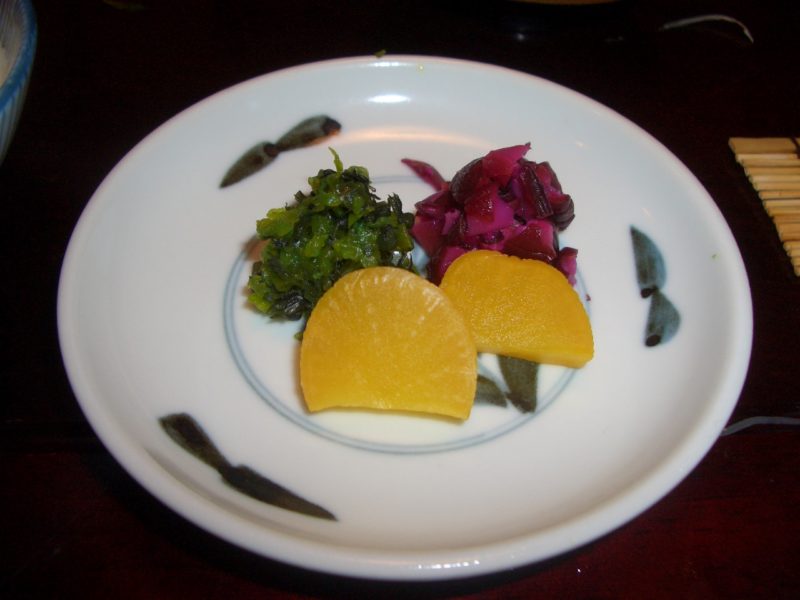
Source: Jennifer
Unlike the top-tier Western restaurants which use a particular set of signature tableware, the Kaiseki-specialized restaurants take a good care of the visual aesthetics, followed by a quality dining experience. For each course, different colors and designs of plates, cups and bowls are used, to better match the food. Dark colors are used during winter and glass during summer. What distinguishes them from other Japanese restaurants is the banquet style presentation, with small courses that follow one after the other.
7. The Flavors
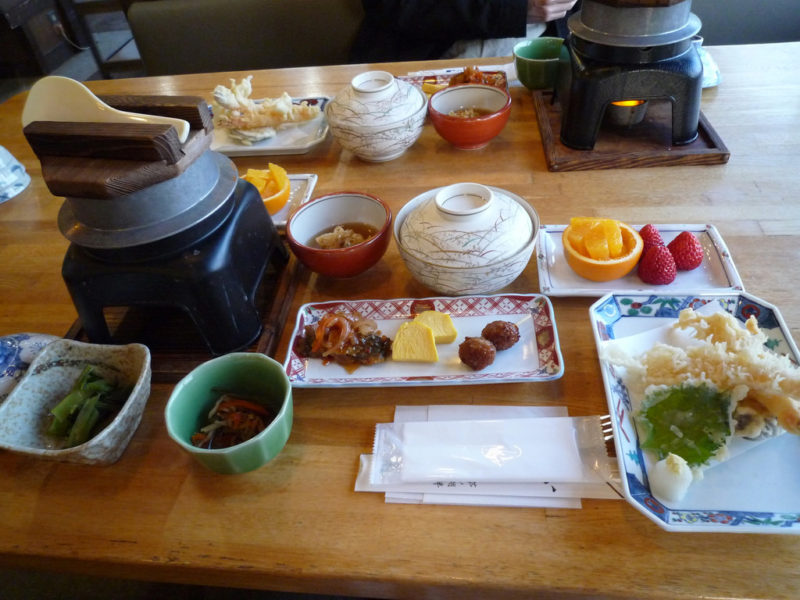
Source: LaMaPhoto
Kaiseki Ryori only uses the best of the best when it comes to ingredients. Only the freshest and selected produce of the season are used in the making of Kaiseki. There is no duplication of components across all the courses. Even the dishes you may have had before offer a completely different yet impressive culinary experience. The flavors are extremely subtle and precise to accomplish utmost precision.
8. The Courses
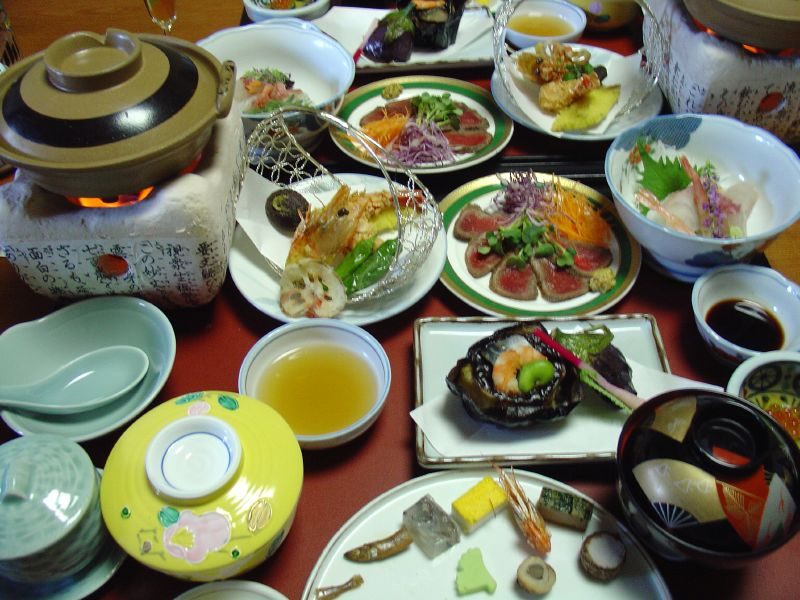
Source: amanderson2
A typical Kaiseki meal might start with a small glass of sweet wine, accompanied by a selection of beautifully prepared appetizers. Shiizakana and sakizuki are the most common appetizers, often served on a long dish known as a hassun. Main courses are categorized by cooking techniques, and each dish represents each of the technique used. The first course starts with the soup, which is immediately followed by seasonal courses that are precisely prepared to highlight the seasonal produce. Then comes the Shokuji course that includes rice, miso soup and pickles. These are usually served at the end of the meal before the desserts. A dessert, mostly fresh white peach or other seasonal fruit and peach sherbet makes up the final course.
9. The Service
A little taste of Japan #Kyoto #kaisekiryori #foodie by joyfulea https://t.co/TFLgqiXxCC pic.twitter.com/fCCKlsezgM
— InstaKyoto (@InstaKyoto) January 19, 2016
Service is a significant part of the Kaiseki dining experience, and the service at Kaiseki restaurants is unparalleled. The service is a huge component of Kaiseki Ryori and you’d be able to experience the famed hospitality of Japan in every aspect of the service.
10. The Experience
#GiapponeInCucina #Kaiseki #Ryori Sapori delicati e armoniosi, in perfetto stile giapponese! https://t.co/sfMq9FyMeH pic.twitter.com/Lrs8de1YwW
— Taste of Tohoku (@TasteofTohoku) October 26, 2015
At the end of the meal, you’ll be overwhelmed by the whole experience starting from the fantastically prepared meal and its visual elements to the serene environment of the diner and the beauty of the traditional Japanese garden. This whole organized special-occasion structure is what makes the overall experience so rich and satisfying.
No visitor to Japan should go home without sampling the delicious dishes of Kaiseki Ryori, which are prepared with great precision to offer the best dining experience around Japan. Happy Eating!
Have a good trip and travel!

